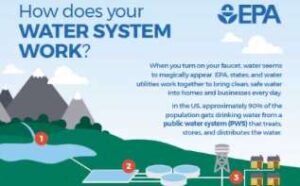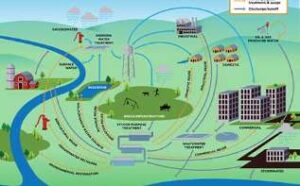Water is the foundation of this planet, the life-giving essence in all organisms, including human bodies.
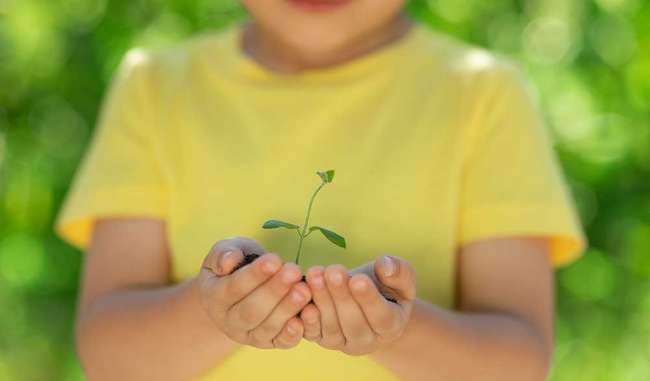
Without sound, clean water, we couldn’t survive, and not a single thing we see around us would be possible. A safe and sustainable water supply allows us to carry on with our daily activities, supporting businesses and housing developments, product manufacturing, and industrial processes. It offers public health protection, guarding us against waterborne diseases that could devastate our communities. Water carries on its shoulders the overall quality of life we enjoy—low mortality rates, economic diversity, productivity, and public safety. In short, clean tap water offers us an incredible value—one that many of us don’t appreciate nearly as much as we should.
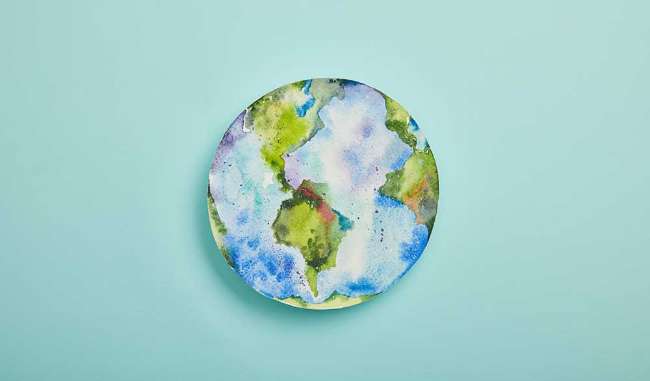
Yet water is a finite resource. Between 70 and 75 percent of the Earth’s surface is covered with water, but only 1 percent of that is available for human use. While both the world population and the demand for freshwater resources are increasing, supply remains constant.
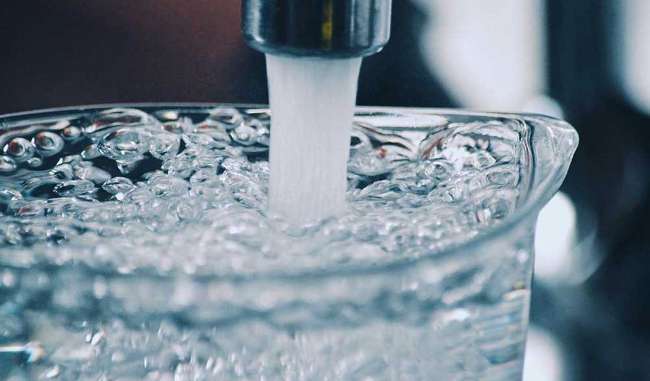
Today, however, an increase in society demands has been placed on the same amount of water and our habits. And in turn, we are wasting and polluting the finite supply of water at an alarming rate. This, together with the increased planet population, has reduced the natural purity of the element. These high demands have, in a sense, created a different kind of water: water that is regulated, treated, and sold. Because our water demands continue to grow, but our supplies don’t, drinking water availability counts on everyone lending a hand to conserve, protect, and get involved with decisions that positively affect our water resources.
We are here to preserve our water supply for future generations and to lead the way to more sustainable use of our shared resource.
Other Water Resources
Water Facts
H2ome Water Facts
Reality: There is the same amount of water on Earth today as three billion years ago. Today, however, an increase in society demands has been placed on the same amount of water and our habits. These increased demands have, in a sense, created a different kind of water: water that is regulated, treated, and sold. Because our water demands continue to grow, but our supplies don’t, drinking water availability counts on everyone lending a hand to conserve, protect, and get involved with decisions that positively affect our water resources.
After water is used, it’s recycled…innumerable times. In fact, while some water is recycled for use within a week, other water may not be used again for years
Reality: There is very little water on Earth, which is “new.” Most of our water has been touched by some type of human or animal activity. Even in “pristine” wilderness areas, studies have found bacteria contaminating the water. Therefore, it’s always best to drink water that you know has been treated.
Reality: We can no longer take our drinking water for granted. Public participation is vital to protecting our water resources, building adequate treatment plants, improving water delivery, and enacting appropriate legislation.
Reality: Not necessarily. There may be more contaminants that can enter our water sources today. We did not have the technology to know what was in our drinking water 25 years ago. Today we have sophisticated testing instruments that enable us to understand more about our water than ever before. With this knowledge, the drinking water community is taking steps to treat what’s in our water, curb the flow of pollution, and keep our water safe and wholesome.
Reality: Some people use home water filters to improve the taste, smell, or appearance of their tap water, but they do not necessarily make the water safer or more healthful to drink. Additionally, all home treatment devices, regardless of the technologies they use, require regular maintenance. Water quality problems may result if care is not performed correctly.
Reality: The most common source of lead in drinking water is the plumbing in your home. Your plumbing may have lead pipes or lead solder in the connections. Lead is a contaminant that can be particularly harmful to pregnant women and young children. If you are concerned about lead in your water, contact your local health authorities to find out how you can have your water tested by a certified laboratory. If tests reveal that your water’s lead content is above 15 parts per billion, you should reduce your exposure to it. Since warm water absorbs more lead than cold, always start with cold water when you cook. Because water standing in pipes tends to absorb lead, clear the pipes before drinking by letting your tap run for a minute. Catch the running water and use it to water your plants.
Wastewater Facts
When you flush your toilet, you expect it to work. Most people don’t spend much time thinking about how it all works – where that water comes from, how it got there, or where it goes when it leaves your sight. Many things happen daily to make this a smooth process. (Learn how to keep your sewer system at home trouble-free.)
Wastewater (or sewage) comes from domestic residences, commercial properties, and industries and contains a wide range of contaminants. It’s made up of 99% water (added during flushing to help things move down the pipes) and only a small amount of solids. If waste water is left untreated, it can pose public health and environmental risks. Hence, waste water treatment is “pollution control.”

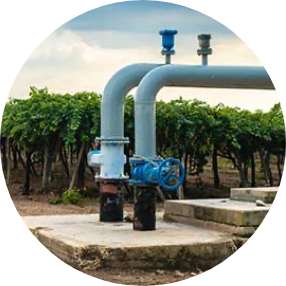
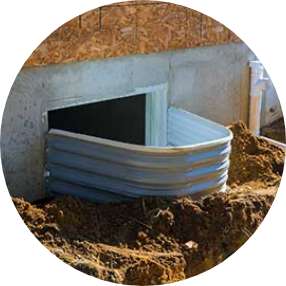
Thankfully, wastewater treatment systems exist to collect sewage and deliver it to treatment plants where wastewater is treated to meet required effluent standards. The treated waste water is then returned to the environment as effluent (e.g., discharged into streams or other waterways or put to beneficial reuse, such as irrigation). The solid waste byproduct of the treatment process is disposed of per state and federal standards.
Waste from homes and businesses is collected through a series of pipes that lead to a sewer main, which runs underground, often down the middle of the street. Manhole covers allow access to the main for maintenance purposes. Sewer mains connect to progressively larger pipes until wastewater reaches the treatment plant. To conserve energy used for pumping, natural gravity helps most of the collection go along. Still, when gravity is not enough, the system relies on grinder pumps or lift stations to help “lift” sewer over the hill.
Treatment Types
The treatment of wastewater depends on the sophistication of the treatment plant where it ends up. There are three basic treatment processes.
Primary Treatment
Removes settleable or floating solids through physical operations, such as screening, skimming, or sedimentation. The system allows the heavy stuff to sink in the water while the lighter scum rises to be skimmed from the surface. The resulting raw primary biosolids are collected and dumped in a landfill, incinerated, or further treated as fertilizer.
Secondary Treatment
Allows for higher treatment quality, removing a majority of the organic matter. This is done with the help of bacteria. Sewage is mixed in large tanks where the microorganisms consume everything they can. The primary technique used is the activated biosolids process. In this process, bacteria eat up most of the organic matter. This biological breakdown is helped by air (i.e., oxygen). To finish off the secondary treatment, effluent (treated water coming out of a sewage plant) is usually disinfected with chlorine to kill the harmful bacteria, readying the water for release back into the environment.
Tertiary Treatment
(Also known as advanced treatment techniques) include physical-chemical separation techniques (filtration, carbon adsorption, distillation, and reverse osmosis.) These processes can achieve a high degree of pollution control, and wastewater treated in such manners can be used for industrial (i.e., equipment cooling), agricultural (i.e., reclaimed water irrigation), or recreational purposes.
Water Cycle
Water is the foundation of this planet, the life-giving essence in all organisms, including human bodies.
The same water that was on earth millions of years ago is still used today through the hydrologic cycle. The hydrological cycle moves water from the earth to the air to the ground again. Water changes form as it goes through this process.
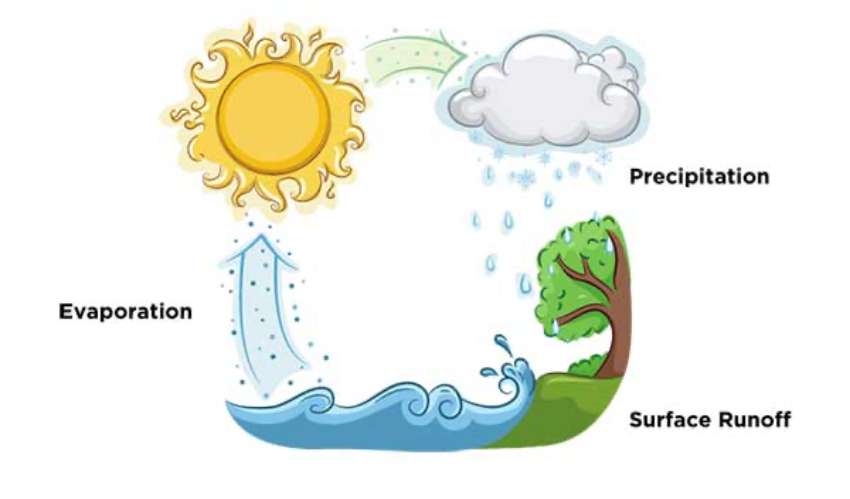
As water evaporates, it travels into the air and becomes part of a cloud. The cloud stores this moisture until it falls to earth as rain, hail, or snow (precipitation).
The rain evaporates, and the cycle starts all over again – never-ending. Water keeps moving and changing from a solid to a liquid to a gas repeatedly.
We can see the hydrological cycle at work every day in some parts of the world. After a rain, runoff is created and travels over the earth’s surface, filling lakes and rivers. It also percolates into the soil, stored in underground reservoirs, known as an aquifer.
In areas of high precipitation, there are usually large water bodies, such as lakes and oceans.These areas allow more water to evaporate, forming clouds.
In mountainous regions, the clouds move up, and the water vapor condenses to form precipitation and freezes. Snow falls on the peaks, and runoff occurs, starting the cycle over again.
Protecting Our Water Sources Means Preventing Pollution
Water is the world’s most precious resource. It must be safe and clean for consumption.
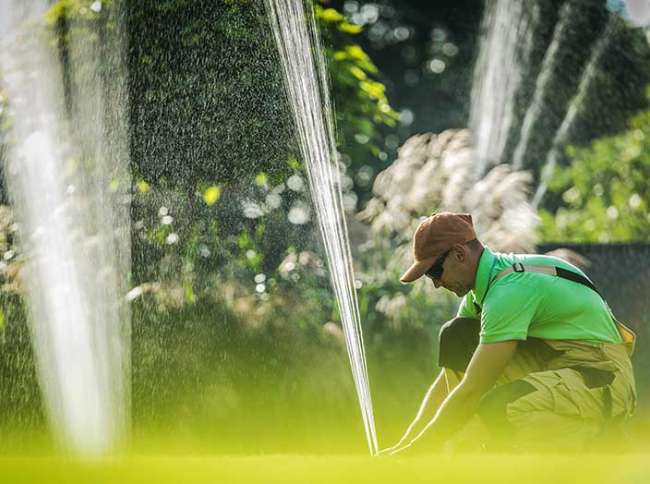
However, reports from the Environmental protection Agency show that 40 percent of the nation’s waterways suffer water quality issues and fail to meet water quality standards.
Upstream activities and airborne contaminants are mainly responsible for many of the common pollutants in waterways, including high levels of pathogens, mercury, heavy metals, nutrients, and sediment.
In August, as we celebrate “National Water Quality Month”, we want to highlight the fact that water pollution isn’t just an environmental concept — it’s also an issue of public health. “National water quality Month” emphasizes the interconnectedness of our water systems and the dangers of runoff from agriculture, forestry, construction, and personal years.
Here are some ways to protect water sources:
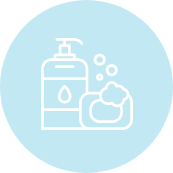
Instead of antibacterial soaps or cleaning products, use phosphate free detergents
Antibacterial chemicals in soap cannot be entirely removed by wastewater treatment facilities.

Approved ways to disposing of unwanted medications rather than flushing them down the toilet or drain
Flushing drugs down the toilet or drain sends them directly into the water supply and harms the environment. Wastewater treatment processes or septic systems do not remove most medicines.

Only water should flow into a storm drain
Excess rain and groundwater that flows into storm drains are not piped to a water treatment facility nor cleaned before being returned to streams and rivers

Fix leaks on cars and put liners in the driveway to collect oil and other materials
These leaks and drips contribute to stormwater pollution.

Avoid using pesticides or chemical fertilizers
Pesticides and chemical fertilizers pose a threat to human health and pollute both ground and surface water.
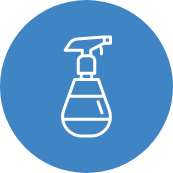
Choose nontoxic household products
Many cleaning products are harmful to aquatic life, water quality, and the overall ecosystem.

Pick up after your pets
Pet waster can infiltrate storm drains and spread bacteria.

Sweep your driveway instead of hosing it off to keep it clean
Polluted water flows down the street and into the storm drain.


